The special attraction of Vinh City to investors
(Baonghean) - Vinh, a class 1 urban area with a favorable geographical location and great development potential, has always shown its attractiveness to investors; it is currently strongly aiming to become the center of the North Central region and striving to be one of the most livable cities in the country.
 |
From the past to the present, Vinh has always had a particularly important strategic position in Nghe An and the North Central region. As the political, economic and cultural center of Nghe An province, Vinh city has a large area, has a mountain shape, river shape, and very convenient traffic, located on the North-South and East-West exchange route, 295 km north of Hanoi, 1,424 km south of Ho Chi Minh City, and 456 km west of Vientiane (Laos).
Vinh is a national transport hub for railways, roads, and airways; a center for distribution, circulation of goods, and provision of commercial, financial, and tourism services for Nghe An province in particular and the North Central region in general. Vinh also receives special attention from the Central Government and the province in socio-economic development.
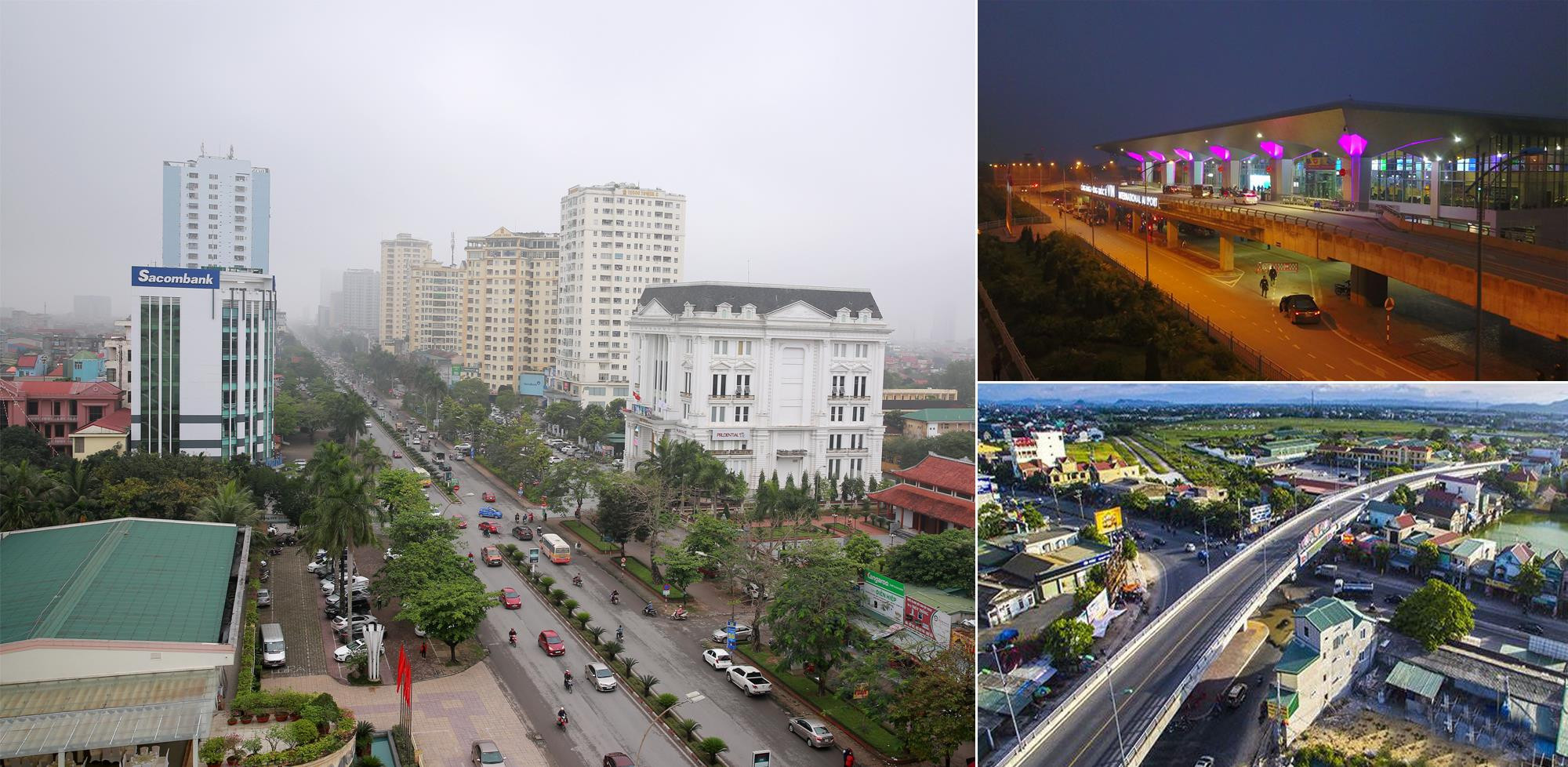 |
| Vinh city's transport infrastructure has developed rapidly and synchronously in recent times. Photo courtesy of LT |
The most important milestone was on July 30, 2013, when the Politburo issued Resolution 26, which assigned Nghe An the task of building Vinh city into a central urban area of the North Central region by 2020 in terms of finance, trade, tourism, science - technology, information technology, high-tech industry, health, culture, sports, education - training; together with Cua Lo town, it will develop into an economic growth pole and spearhead of the province's growth.
To specify Resolution 26 of the Politburo, on December 29, 2015, the Prime Minister signed Decision No. 2468 approving the Project to develop Vinh city into an economic and cultural center of the North Central region, emphasizing the task: "Building Vinh city into a civilized and modern city, the political, economic and cultural center of Nghe An province; the center of the North Central region".
This is an extremely important factor opening up opportunities to change the vision, role and position of Vinh city and Nghe An province, at the same time creating new development momentum for Vinh city as the central urban area, capital of the North Central region.
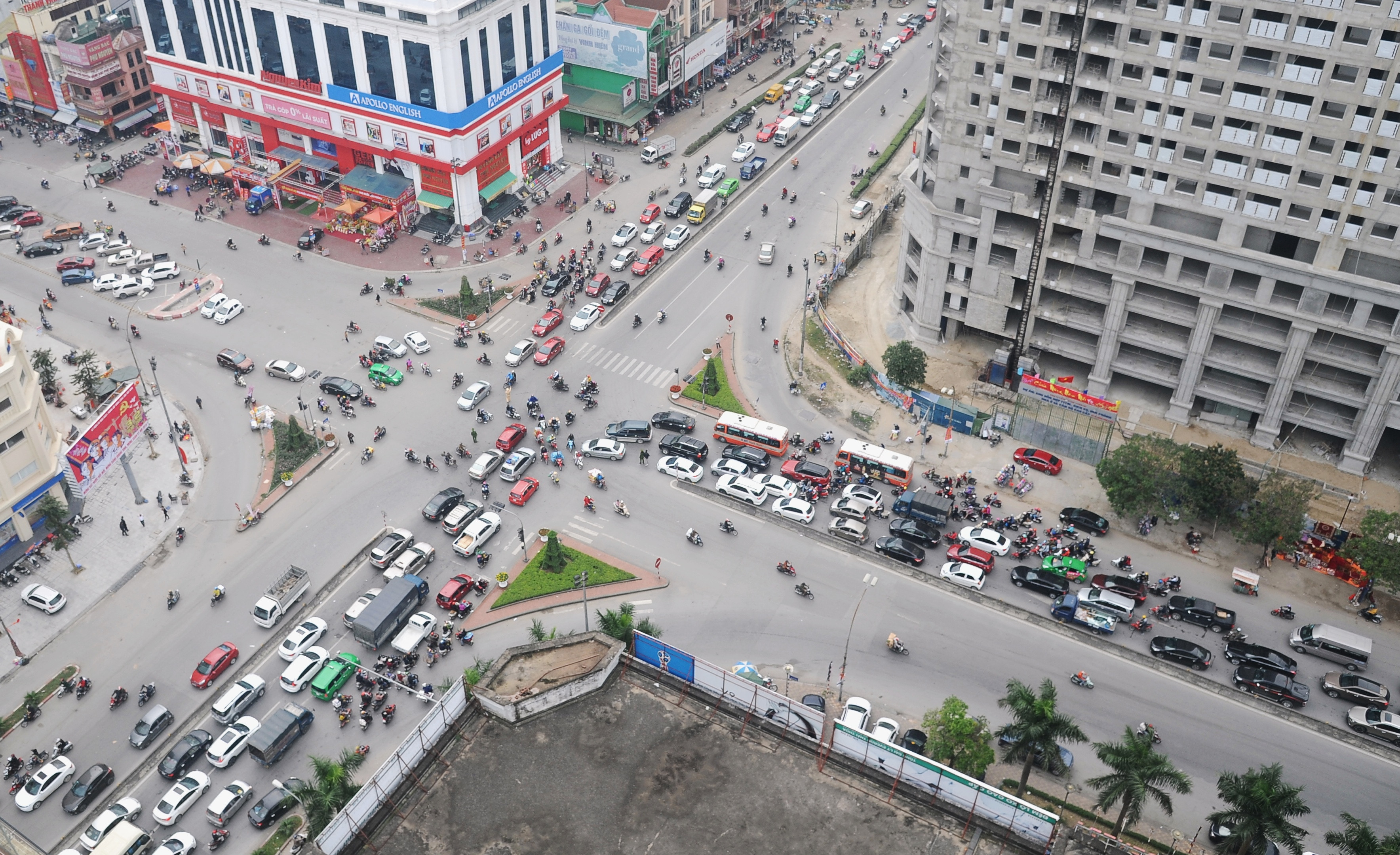 |
| Vinh City is aiming to become the economic and cultural center of the North Central region. Photo: Thanh Cuong |
On January 14, 2015, the Prime Minister issued Decision No. 52 approving the project to adjust the master plan of Vinh City, Nghe An Province to 2030, with a vision to 2050, with a scope of up to 250 km.2.
The scope of the planning adjustment includes the entire area of the current Vinh City and Cua Lo Town, a part of Nghi Loc District and Hung Nguyen District. Vinh City will be limited to the North to Nam Cam Street and close to the East Sea, to the South to Lam River and Vinh City bypass, to the West to Nam Giang Commune (Nam Dan) and Ke Gai River, to the East to Lam River to Cua Hoi and the East Sea.
Vinh City is also divided into 4 sub-zones, of which 3 are urban development sub-zones and 1 is an inter-regional area. Based on the planning, Nghe An Provincial People's Committee has directed Vinh City People's Committee to deploy 1/2,000 scale zoning plans for wards and communes in the area to specify the general planning orientation.
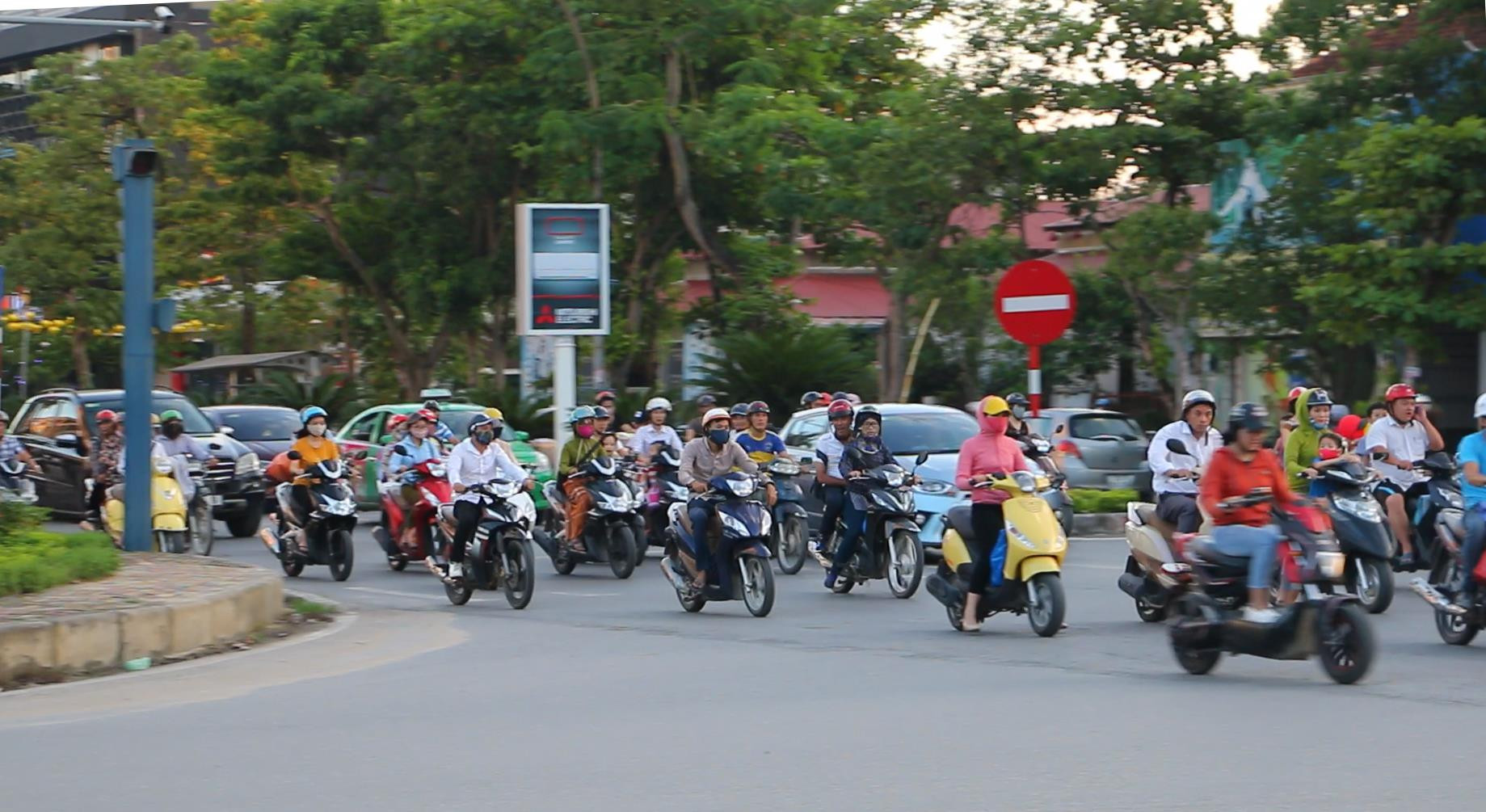 |
| Vinh City has quite good economic development. Photo: Lam Tung |
In terms of economy, Vinh city currently contributes about 33.52% of Nghe An province's budget; domestic revenue in 2018 reached 2,426.3 billion VND. As of the end of July 2019, the city had 6,173 enterprises and 22,000 business households in operation. The economy grew quite well, estimated at 9.12%/plan of 9-10%.
Total social investment capital is estimated at 15,965 billion VND, reaching 100.1% of the plan. Average income per capita in the city is nearly 85 million VND/year. Total budget revenue managed by the city is 2,330 billion VND, reaching 111% of the province's estimate. Mobilizing resources to build technical infrastructure is 69.5 billion VND/55 - 60 billion VND compared to the plan. The poverty rate is only 0.41%.
 |
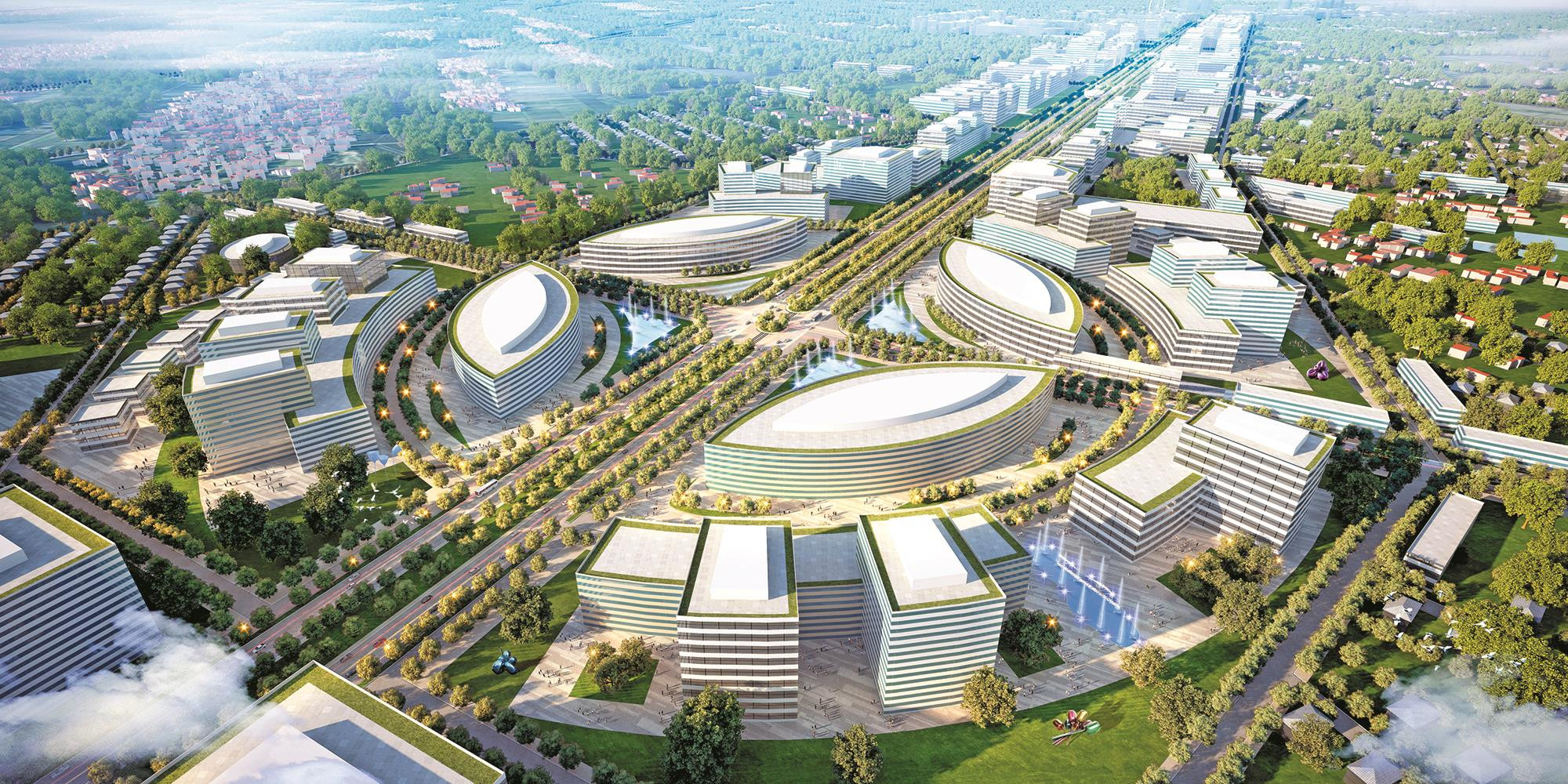 |
| Perspective of a subdivision in the Vinh - Cua Lo Boulevard planning. |
The total area of the planning area is 1,752.0 ha; the population is about 46,023 people. The total length of this avenue is 11.2 km (starting point at Le Nin Avenue - Vinh City, ending point intersecting with Binh Minh Road - Cua Lo Town). The planning width is calculated from the center of the avenue to both sides, each side is about 680m wide and expanded in Nghi Hoa and Nghi Huong wards of Cua Lo Town and Nghi Thach commune of Nghi Loc district. This is the largest East - West corridor axis of Vinh City and connects with Cua Lo Town.
The future avenue will be planned for administrative agencies of Vinh city, the province and important works and projects. With such an important significance of this route, Nghe An province requires Vinh city to strictly manage the planning and "choose the right person to entrust their gold", choosing investors with large, important projects along both sides of the avenue.
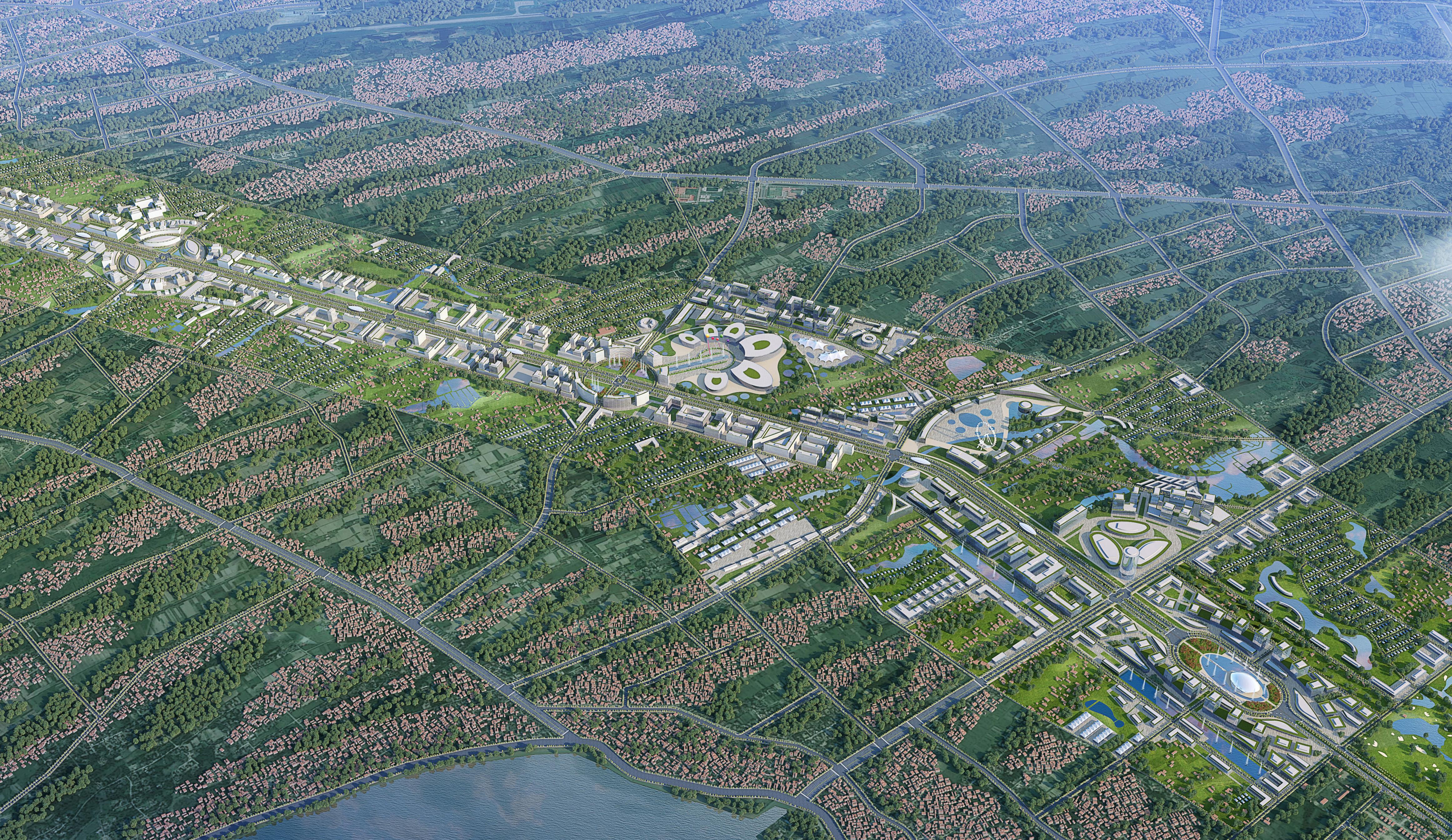 |
| Planning of the entire Vinh - Cua Lo Boulevard route. Photo: Tran Chau |
Not only Vinh - Cua Lo Boulevard is being urgently built, Vinh city is also expanding many new routes, investing in infrastructure to create new land funds to attract investors. The 35m road connecting Lam River road, Le Mao extended road, National Highway 46B passing through the area, projects to upgrade and expand Vinh Airport, Bac Vinh Bus Station, Nam Vinh Bus Station, Vinh Urban Development Sub-project have been actively implemented to create strong driving force for Vinh city.
In fact, Vinh city is currently the focus of attention for investors when looking for investment opportunities in Nghe An, especially investors in real estate, science and technology, and information technology.
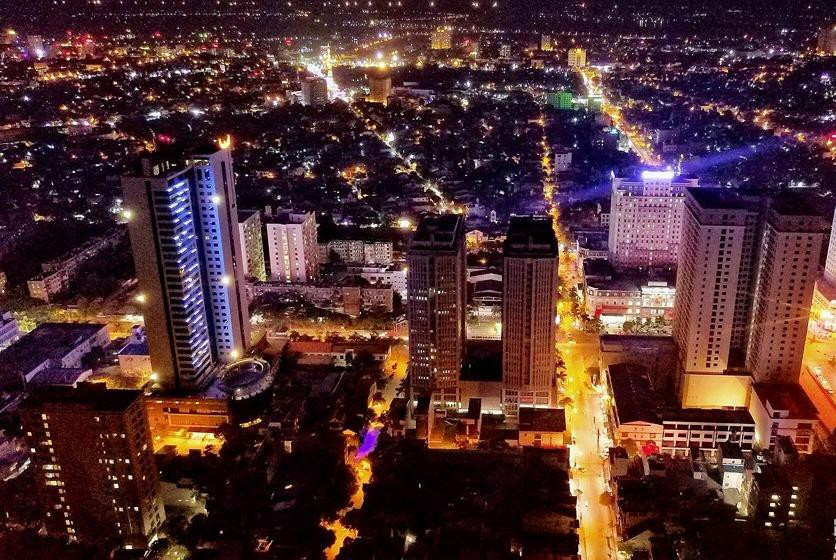 |
| Vinh City at night is beautiful, sparkling and modern. Photo: Devi Nguyen |
Large population, abundant labor force, potential human resources from universities in the area are also factors attracting investors; in the city there are 6 universities (of which Vinh University is a national key school); there are 13 colleges and many branches, along with many professional high schools, vocational training centers with an annual training scale of over 90,000 students.
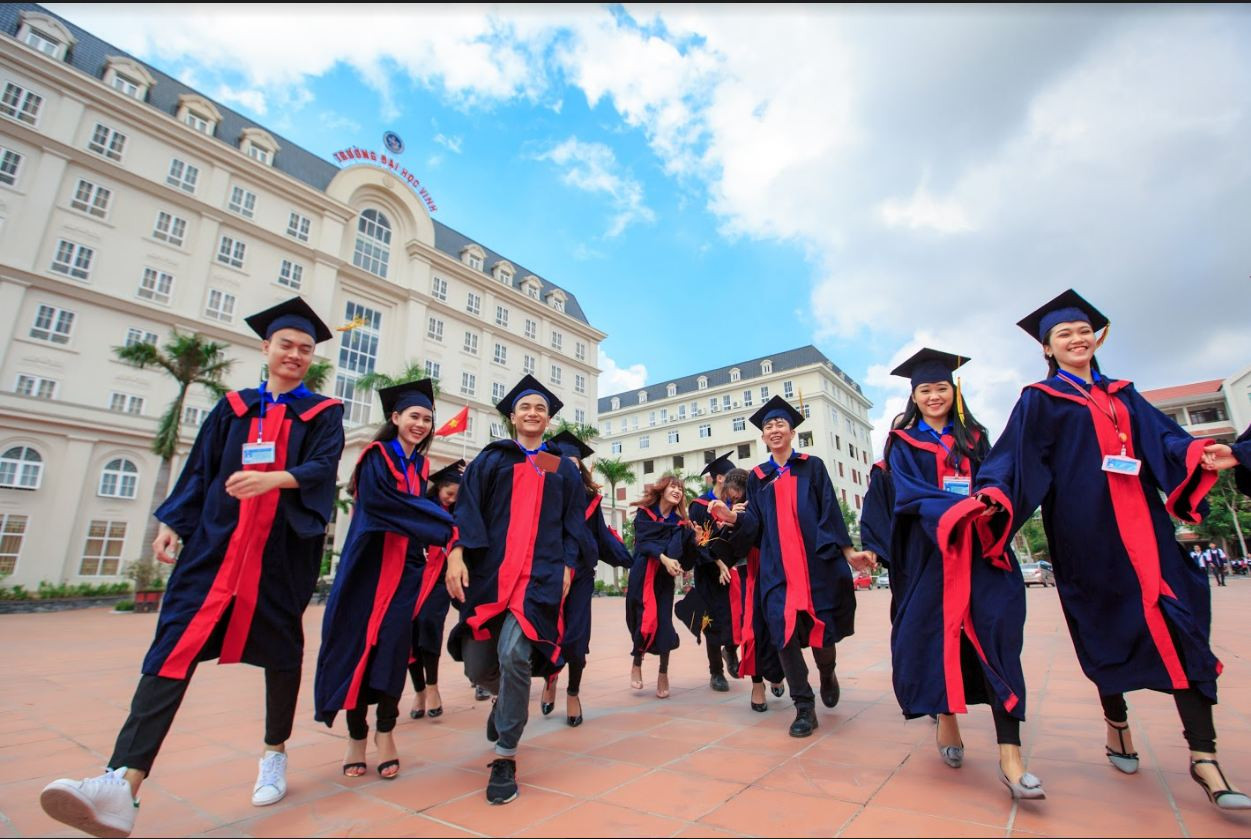 |
| Vinh University is a national key university. Photo: Nguyen Book. |
Vinh City is the driving force of the province. In order for the city to develop towards a smart, livable urban area, the center of the North Central region, first of all, the city must be a center to attract talented people and strong businesses to be the driving force for development; have solutions to build the quality of the city's people, from the team of cadres, civil servants to each citizen to join hands to build the city so that Vinh must be a place to provide good services, a "livable" city.

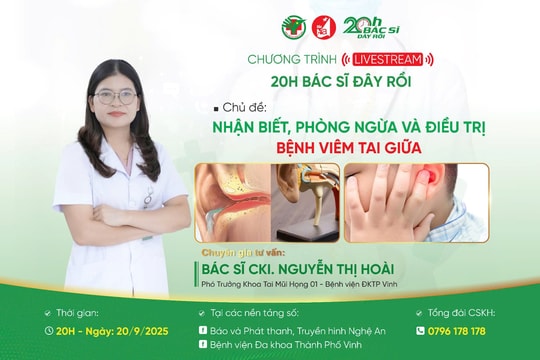
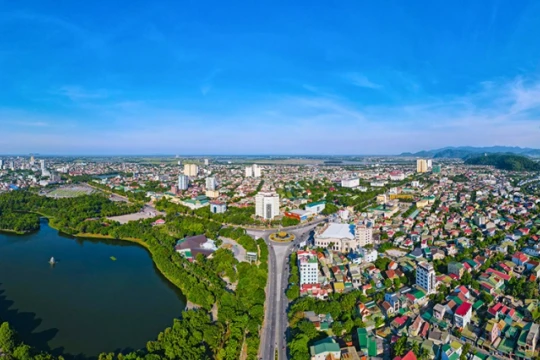
.jpg)
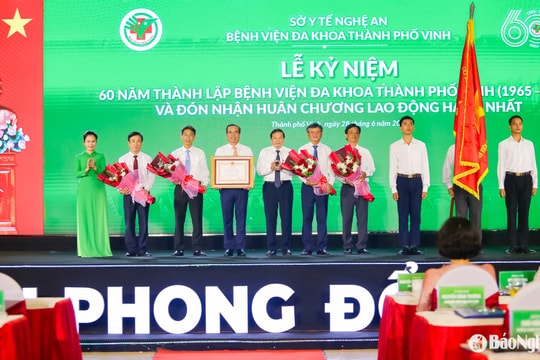
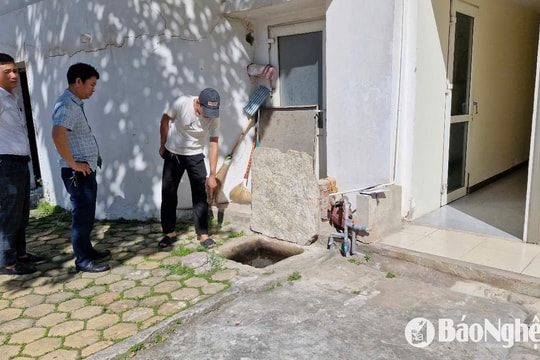

.jpeg)
